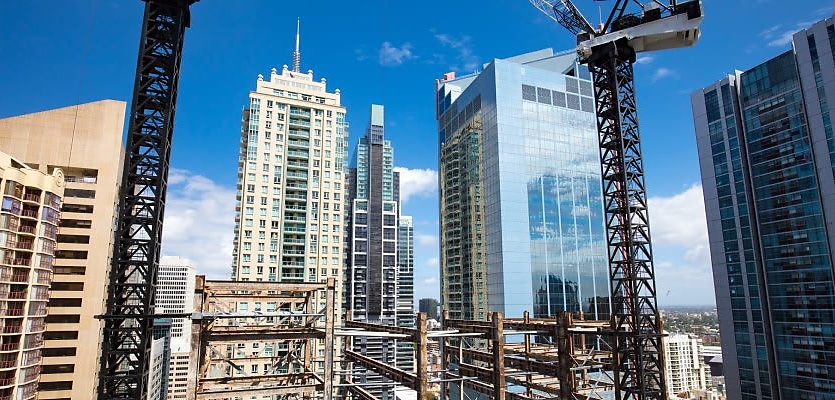According to a new study, Australia’s built environment has the potential to balance humanly produced greenhouse emissions with those taken out of the atmosphere by 2040.
Race to Net Zero Carbon: A Climate Emergency Guide for New and Existing Buildings in Australia is a report produced by the University of NSW (UNSW) that details critical information about materials and construction best practices to help all stakeholders engaged in the building process — architects, engineers, and planners, amongst others — transform the industry towards net zero.
Lead researcher of the guide, Professor Deo Prasad, explained that it “draws on Australian climate data but has no global applicability.”
“This guide provides a deeper level of knowledge on how this sector can rapidly move towards net zero carbon buildings in the short term,” Mr Prasad said.
He outlined how the guide utilises science-based evidence and analytics to establish a “clear roadmap to achieving net zero by 2040.”
“It goes beyond the aspirational and into the achievable,” he declared.
The world’s built environment accounts for 37 per cent of global energy-related greenhouse gas emissions. This figure reduces to one-fifth when focusing on Australia. Moreover, carbon emissions occur across all stages of a building’s life.
“Historically, most professionals have only focused on reducing the operational carbon footprints of buildings,” Mr Prasad said. However, he noted that embodied carbon footprints, which are accrued before a building is even constructed, are often overlooked.
“There are significant amounts of emissions embedded in the materials and construction of the building itself, and these need to be addressed and offset in order for our built environment to be truly net zero,” he said.
The guide advises that the best way to reduce carbon footprints is by “retrofitting and reducing materials in use.”
“If that’s not possible,” it added, “then employing low-carbon materials such as green steel and concrete alternatives during the construction process is best.”
He explained that “buildings don’t have a cradle-to-grave life cycle,” meaning, buildings from demolished buildings are often repurposed for a future life within another building, and old or undesirable buildings can avoid demolition if their structures remain and they become refurbished.
“Timber, aluminium, and glass can be reused or recycled somehow into new products,” he said.
In addition to the guide, Mr Prasad believes that “governments should mandate net zero construction codes, which will push for best performance to achieve net zero.”
“They should lead by example and ensure all public buildings are net zero carbon and provide subsidies and rebates to incentivise change,” he added.
Mr Prasad explained, “It’s not only about eliminating best practices. It’s about adopting best practices.”
“It’s essential that the industry — be it clients, governments, or designers — start speeding up the race to net zero carbon before it becomes too late in the climate emergency,” he concluded.

Never miss a beat with
Stay across what’s happening in the Australian commercial property market by signing up to receive industry-specific news and policy alerts, agency updates, and insights from reb.
Subscribe to reb Commercial:







You are not authorised to post comments.
Comments will undergo moderation before they get published.